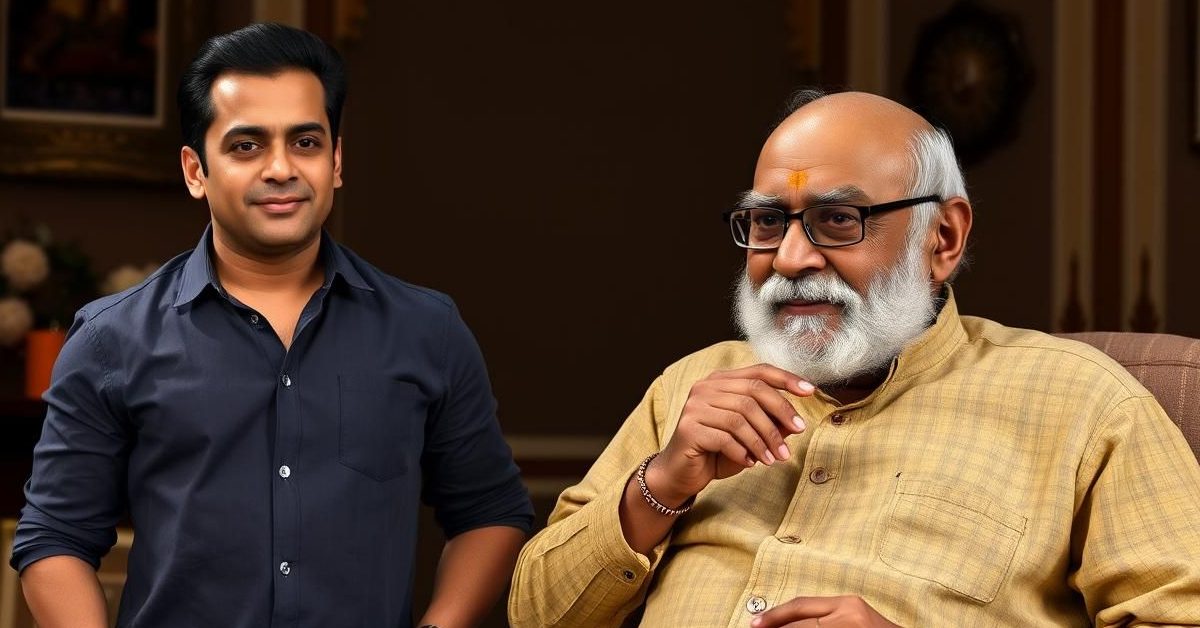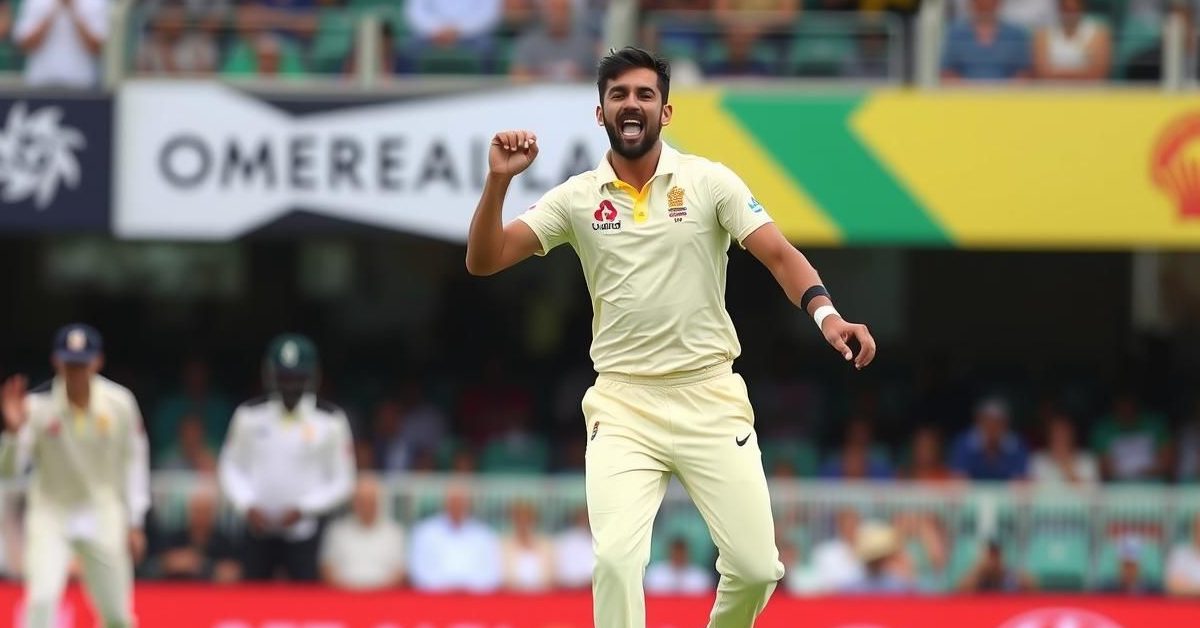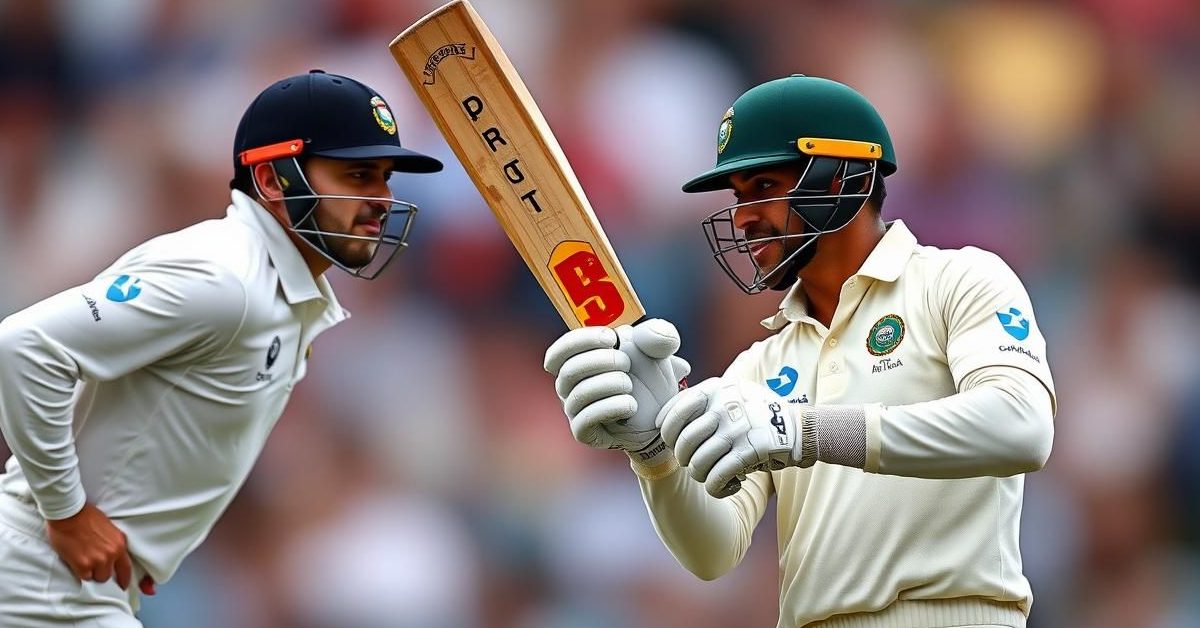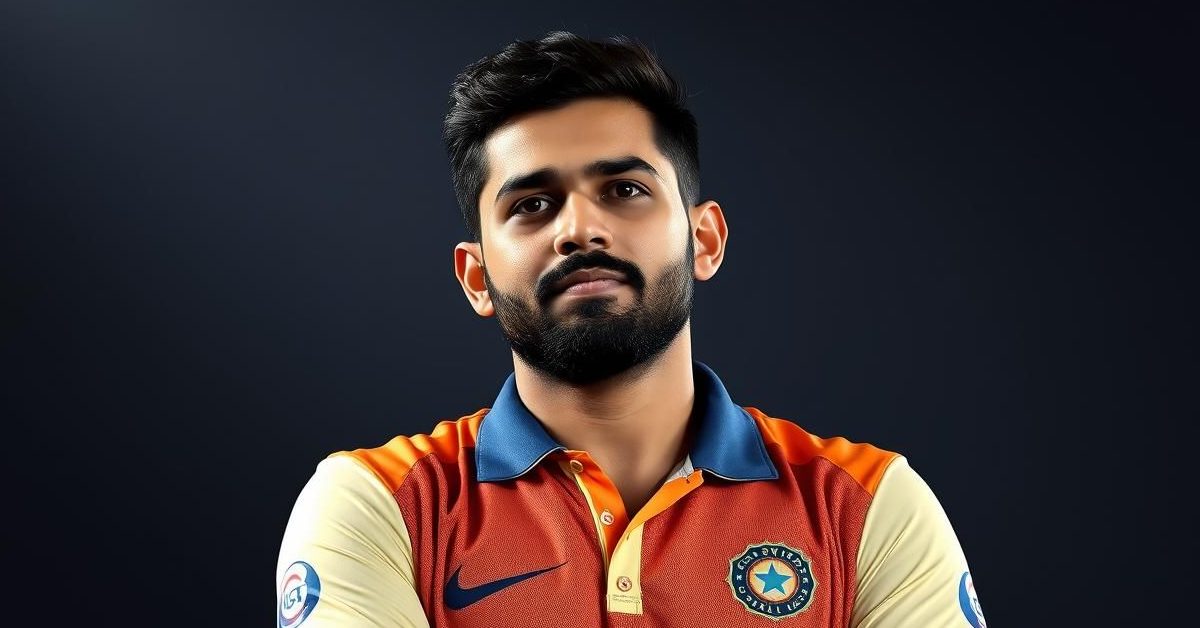Kajol’s ‘Maa’: A Mother’s Fury Meets Ancient Shadows
There are few forces in this world as potent and unwavering as a mother’s resolve to protect her child. This elemental truth forms the very bedrock of ‘Maa,’ a film that attempts to weave together threads of ancient mythology with the urgency of modern technology. At its heart stands Kajol, portraying a contemporary woman driven to extreme lengths, battling shadowy entities that threaten her young daughter.
Unveiling the Ancestral Haunting in Chandrapur
The narrative introduces us to Ambika (Kajol) and her husband, Shuvankar (Indraneil Sengupta), who have meticulously shielded their artistically inclined daughter, Shweta (Kherin Sharma), from their family’s unsettling past. However, Shweta’s innate curiosity, coupled with a sudden, tragic incident, propels the mother-daughter duo toward their ancestral haveli, deep within the serene yet foreboding Bengal countryside of Chandrapur. Here, time itself seems to have paused, awaiting their arrival.
Whispers of a Dark Past: The Haveli’s Secrets
Upon their arrival, Joydev (Ronit Roy), the stoic figure who has maintained the property for years, extends a somber welcome. Yet, an immediate sense of unease permeates the ancient walls. What secrets does the now-mute old family retainer (Dibyendu Bhattacharya) guard so fiercely? Flashbacks begin to trickle in, revealing a horrifying history of bloody deeds, specifically the brutal slaying of newborn baby girls. With Ambika’s return, the question looms: will the buried tales of these innocent victims, and the mysterious disappearances in the present, finally surface? The very air in the haveli feels thick with untold tragedies and a lingering malevolence.
A Visual Tapestry of Fear and Tradition
Despite its narrative stumbles, ‘Maa’ excels in its visual storytelling. The production design paints a vivid, almost suffocating, experience with its saturated colors. The gnarled, ancient trees of the forest bordering the haveli, reputedly hiding old bones, become characters in themselves. The faded, tormented faces of women who suffered at the hands of the dreadful “daitya” (demon) known as Raktbeej, and the palpable miasma of fear enveloping the entire village, are rendered with striking presence. Even the high-decibel fervor of the traditional Kali Puja, with its dancers adorned in iconic white-and-red, familiar as it may be, never fails to stir a primal connection, adding a rich cultural layer to the unfolding horror.
Bold Intentions: Smashing Patriarchy and Taboos
At its core, ‘Maa’ is undeniably a film with significant, admirable intentions. Tackling the pervasive issue of patriarchy, a theme perpetually relevant in cinema, is a task that Kajol, with her seasoned screen presence and undeniable gravitas, is uniquely positioned to carry. A standout thread within the narrative is the film’s remarkably straightforward and destigmatized discussion of menstruation between a mother and daughter, a topic still largely considered taboo in many parts of society. This progressive stance, alongside Ambika’s ultimate transformation into a powerful Kali-avatar, seeks to boldly celebrate the inherent power of womanhood against ancient, entrenched evil, embodying the fierce spirit of “good women versus evil men.”
Narrative Hurdles: A Promising Concept Derailed
However, even the most noble intentions can be hampered by execution. The primary stumbling block for ‘Maa’ lies in its uneven script. The writing often feels bland, failing to inject the necessary tension or emotional depth required for such a potent premise. Furthermore, the extensive use of computer-generated imagery (CGI), while present, doesn’t offer anything particularly novel or groundbreaking, often appearing uninspired. The film regrettably falters in its pacing and structure: the first half meanders, feeling loose and unanchored, while the second half descends into a muddled confusion. The complex interplay between the demon’s ancient curse and its desire for rampant procreation, juxtaposed against Ambika’s embodiment of the divine feminine as a Kali-avatar, required a far clearer, more cohesive, and ultimately more gripping narrative to truly resonate and achieve its ambitious goals. Despite Kajol’s powerful performance, the film struggles to fully articulate its compelling themes, leaving the audience yearning for a more tightly woven, impactful experience.















